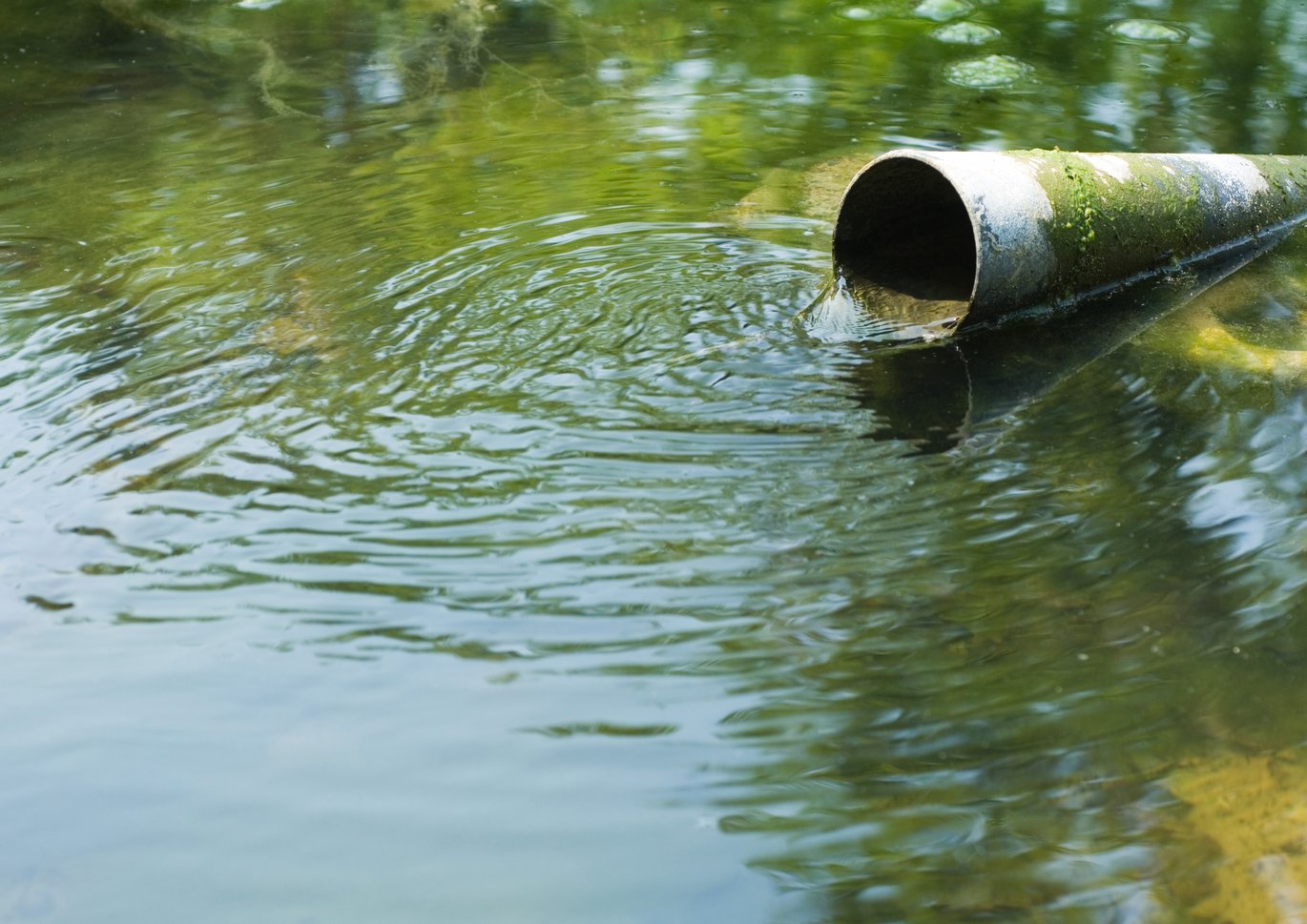Targeted set-aside of agricultural land provides effective reduction of nitrogen load
According to the Ministry of Environment and Food, Denmark should reduce the nitrogen load on coastal areas by 13,000 tonnes per year. Targeted measures will according to researchers from Aarhus University be able to reduce the required amount of Danish agricultural land from 35% of Danish agricultural land to just 23%.

About 63% of Denmark's land is cultivated agricultural land. Nitrogen leaching from the agricultural soil impacts the aquatic environment. According to researchers from the Department of Agroecology and the Department of Bioscience at Aarhus University, it is possible to reduce the nitrogen load if part of the agricultural area is withdrawn from agricultural use (set aside). They have developed a method that allows optimal areas to be identified for this.
Targeted set aside
In order to achieve the national target of reducing nitrogen emissions by 13,000 tonnes per year, and according to the researchers' calculation, this means that as much as 35% of Danish agricultural land must be set aside from agricultural use, e.g. set-aside where the soil lays in unfertilised grass.
“The 35% is if you don't target in any way at all. We have been working to focus on either nitrogen load, nature, economy or a combination of the three things,” says Postdoc Mette V. Odgaard from the Department of Agroecology at Aarhus University.
For example, the researchers analysed how much ??agricultural land that needs to be set aside if it is targeted to the areas with the highest nitrogen load alone.
“Instead of calculating an average for all Danish agricultural land, we chose to look at the areas that cause the largest nitrogen leach to the coastal areas. That specific targeting meant a pretty drastic drop from 35% to 23%,” says Mette V. Odgaard.
Seven scenarios for targeted set aside
The researchers analysed a total of seven targeted scenarios in which considerations of nitrogen loading, conservation of nature and soil productivity (economy) were combined in different ways.
- Nitrogen load (Nload)
- Conservation of Nature (Nat)
- Land production value (LRent)
- The "Equal" scenario, which weighs the three above equally high
- The "GreenEnvi" scenario, weighing Nload 50%, Nat 25% and LRent 25%
- The "TerreEco" scenario, weighing Nload 25%, Night 50% and LRent 25%
- The "AgroEcon" scenario, which weighs Nload 25%, Nat 25% and LRent 25%
“We targeted high nitrogen loads, high nature or low soil values ??(economy). Then we created scenarios where we mixed the factors together and weighed them differently,” says Mette V. Odgaard.
The different scenarios also give different results in terms of how much land needs to be set aside to reach the reduction target (Table 1).
Table 1. Percentage of Danish agricultural land to be set aside in the various scenarios in order to achieve the Ministry of Environment and Food's reduction targets.
| Scenario | Percentage of agricultural land |
|---|---|
| Nitrogen load (Nload) | 23% |
| Conservation of Nature (Nat) | 36% |
| Land production value (LRent) | 37% |
| ”Equal” | 25% |
| ”GreenEnvi” | 25% |
| ”TerreEco” | 31% |
| ”AgroEcon” | 31% |
| No targeting | 35% |
“We found that a targeted set aside focusing on nitrogen load (Nload) only costs 23% of the agricultural land, compared to 35% if you do not target at all. But we also found that it only costs 2 percentage points more if you also want to benefit nature and economy (Red: which is the case in the "GreenEnvi" scenario)," explains Mette V. Odgaard.
According to the researchers, there are more opportunities to achieve the reduction goal apart from set aside, and set aside cannot stand alone.
“It is a bit unrealistic, even with a targeted set-aside, that such a large proportion of agricultural land will no longer be able to be cultivated. This may have consequences for, among other things, food production and land prices. As an instrument, it probably cannot stand alone, other instruments must also be used to achieve the goal,” explains Mette V. Odgaard.
Behind the research
- Affiliates: http://dnmark.org/?page_id=8
- Funding: Funded by a five-year grant from the Danish Council for Strategic Research, which per April 1, 2014 became the Innovation Fund
- Conflicts of interest: None
- The publication: “Targeted set-aside: Benefits from reduced nitrogen loading in Danish aquatic environments” was published in Journal and Environmental Management in October 2019. It is written by Mette V. Odgaard, Jørgen E. Olesen, Morten Graversgaard, Christen Duus Børgesen , Jens-Christian Svenning and Tommy Dalgaard.
For further information contact
Mette V. Odgaard, Department of Agroecology, University of Aarhus
Email: mette.vestergaardodgaard@agro.au.dk
Tel: +45 8715 4776
